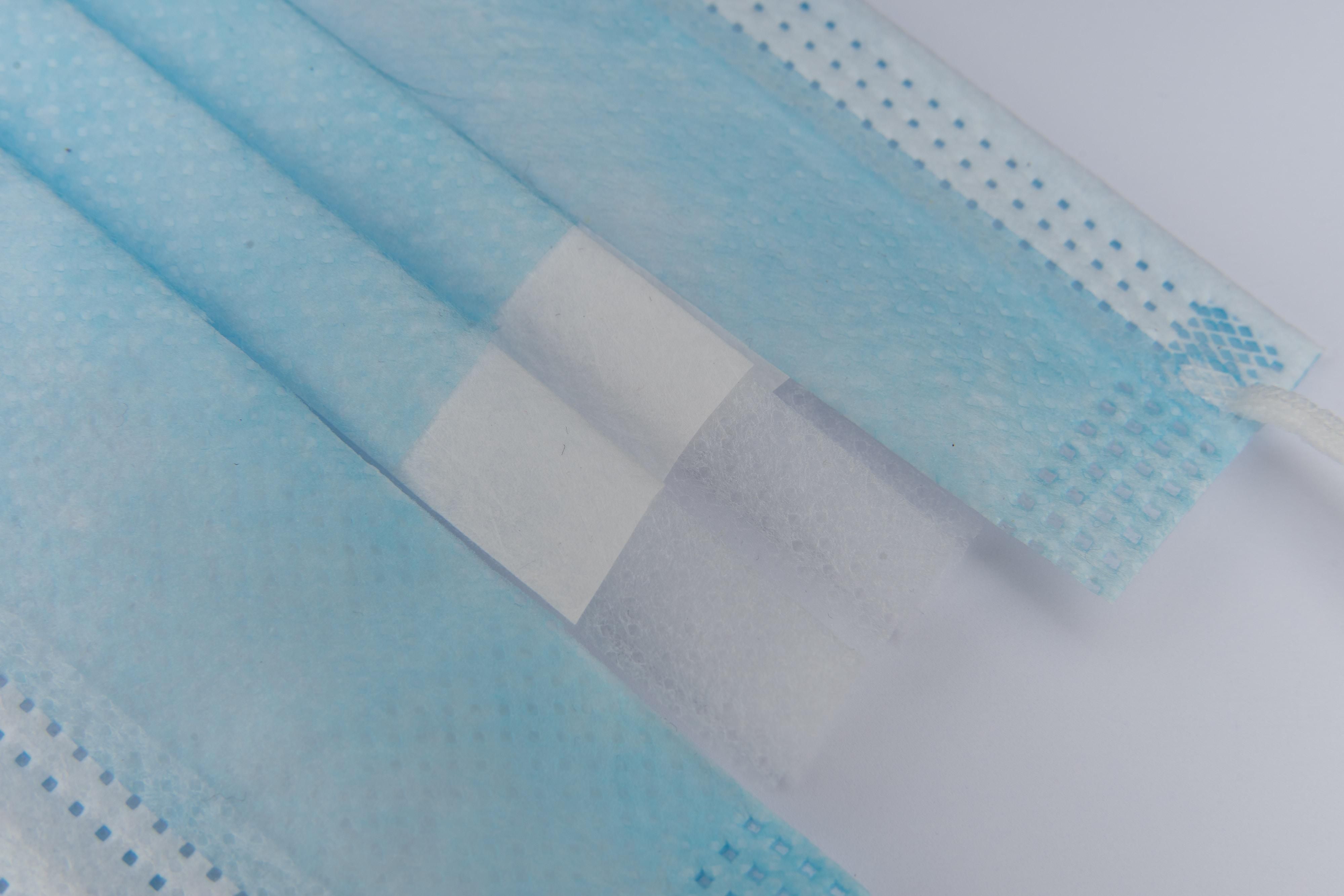Foundation: There is an overall absence of proof on ideal items and methods for nose treatment with hyaluronic corrosive (HA) fillers. This examination evaluated the adequacy and wellbeing of nasal reshaping with Vycross HA fillers, utilizing non surgical rhinoplasty training-free programming (Face Master) to gauge facial boundaries.
Having acquired a nose wealthy in character, intensely unfasten like and precise in profile, I've taken an uncommon interest in the ascent of the nonsurgical nose work, or, as some call it, "fluid rhinoplasty" — that is, the infusion of hyaluronic Acid (HA) filler into the nose to briefly change its shape. You've most likely seen the previously and-afters on the web — a few so amazingly extraordinary; one could undoubtedly confuse them with exemplary rhinoplasty results. Most mesmerizing are the pictures of noses that, by one way or another, mysteriously, seem more modest after being shot up with sugar gel. Like...how? This fix has sat on my excellence list of must-dos throughout recent months. I've preselected my plastic specialist and intellectually prearranged my solicitations: Smooth the rough extension; kindly, however, don't flip the tip.
Looking through Instagram Stories a few evenings ago, be that as it may, a specific post about this technique provided me the opportunity to stop and think. Shereen Idriss, a clinical teacher in dermatology at the Icahn School of Medicine at Mount Sinai, and a corrective dermatologist at Union Square Laser Dermatology in New York City, consistently answers her adherents' skin health management inquiries during her #pillowtalkderm meetings (such as the blend of brightness and funniness — look at her). At the point when I tuned in, she was talking filler entanglements and tending to the nonsurgical nose work, explicitly, sharing that she will not offer it because the dangers can be disastrous.
The Rise of the Non-surgical Nose Job
According to the social media handle updates, Fluid rhinoplasty gives off an impression of being simple and fast— yet it's anything but a treatment to be trifled with," she says, with potential mistakes accelerating skin passing and visual impairment. "Intricacies can occur and are expanding in all cases as these strategies acquire prevalence, and injectors' capabilities become increasingly sketchy," she adds, implying the overall plague of undeveloped professionals infusing without a clinical permit, board confirmation, or a key comprehension of human nasal life structures. Likewise, Idriss says, "the dangers are frequently ignored, which is an enormous insult to patients, and, to be perfectly honest, outright dishonest."
Strategies: This was an imminent, open-mark, single-focus investigation of continuous grown-up patients treated in the nose (hard and cartilaginous dorsum or potentially columella) with VYC-20 or VYC-17.5. A limit of 1 mL of filler was utilized. All patients (except one) had somewhere around a year of follow-up.
Results: Sixty-two patients were enlisted (57 females; 5 guys) with a mean period of 29.0 ± 9.2 years. A potential amount of 0.55 ± 0.22 mL of filler (range 0.2-1.0 mL) was infused during the beginning of the treatment; 12 patients required final detail with 0.15 ± 0.08 mL of filler (range 0.1-0.3 mL). Utilizing Face Master, mean nasofrontal point expanded from 143.6 ± 6.3° pre-treatment to 147.3 ± 6.7° post-treatment (mean change 3.7 ± 2.8°), and mean nasolabial point expanded from 85.3 ± 6.1° to 88.5 ± 6.1° (mean change 3.2 ± 2.6°). Mean patient fulfilment (0-10 scale) expanded from 2.4 ± 1.7 pre-treatment to 9.4 ± 0.8 post-treatment (mean improvement 7.1 ± 2.1). Entanglements were minor and transient: torment, n = 3 (4.8%); edema, n = 3 (4.8%); hematoma, n = 2 (3.2%).
Ends: Non-careful nasal reshaping with VYC-20 or VYC-17.5 gave off an impression of being productive and safe; Face Master unbiasedly showed significant changes in key nasal points.



 Photo by
Photo by  Photo by
Photo by  Photo by
Photo by  Photo by
Photo by  Photo by
Photo by 












